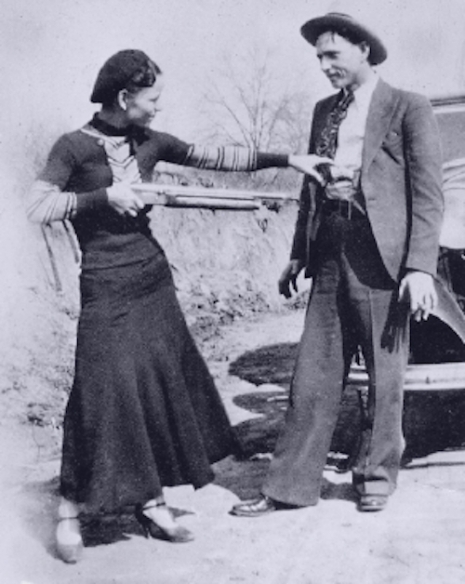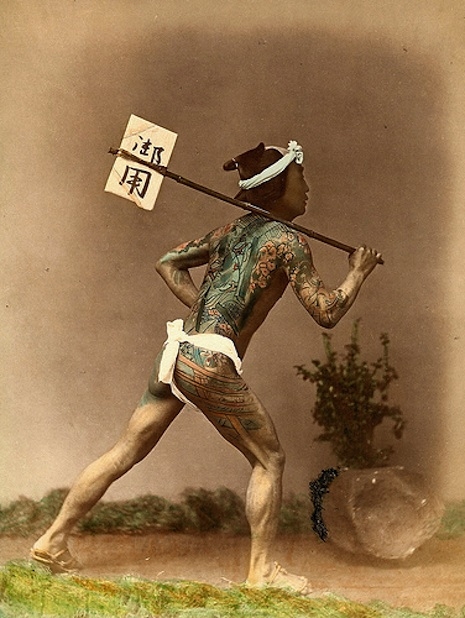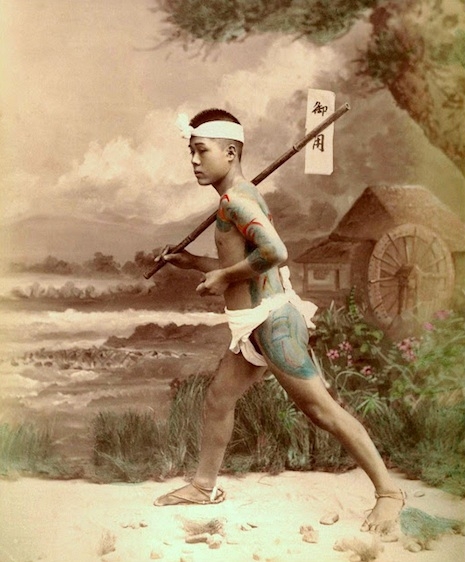
Bonnie Parker and Clyde Barrow.
There are few names that have more instant recognition when it comes to the history of the American criminal than the duo of Bonnie Parker and Clyde Barrow—otherwise known as “Bonnie & Clyde.” The pair’s horrific crime wave took the lives of thirteen people including two members of law enforcement, but their illegal exploits (which included kidnapping and robbing banks) really didn’t make them very rich because as it turns out Bonnie and Clyde weren’t that good at breaking the law.

An early mugshot of Clyde Barrow, age sixteen. 1925.
Bonnie Elizabeth Parker met Clyde Chestnut Barrow sometime in early 1930 and for Parker it was love at first sight. The two shared a mutual love of music and as a young girl Parker performed in talent shows and dreamed of one day hitting it big in Hollywood. During her short time as a part of Barrow’s gang Bonnie would write poetry and just before their crime spree ended on a dirt road in the country in Bienville Parish, Louisiana on May 23, 1934 Parker would pen an eerie poem she called The End of the Line that accurately foretold the couple’s eminent fate:
They don’t think they’re too smart or desperate, They know the law always wins; They’ve been shot at before, But they do not ignore That death is the wages of sin.
Some day they’ll go down together; And they’ll bury them side by side, To a few it’ll be grief— To the law a relief— But it’s death for Bonnie and Clyde.
I’ve included an assortment of old photos of Bonnie and Clyde taken in the early 1930s—some that come from a roll of undeveloped film found inside of the bullet-riddled car where Bonnie and Clyde met their violent end—seventeen bullets for Clyde and 26 for Bonnie to be precise, as you can see in a graphic newsreel from 1934 that includes footage of the deceased duo inside their “death car” just after they were ambushed by the police.

A portrait of a young Bonnie Parker.

More Bonnie & Clyde after the jump…









